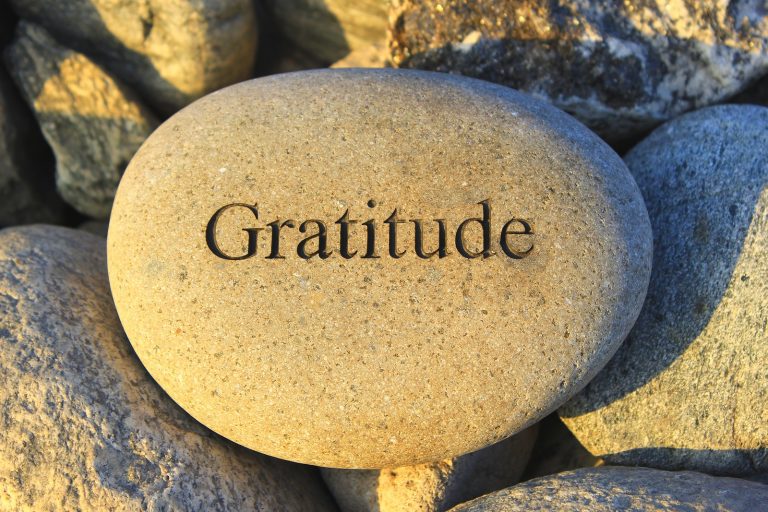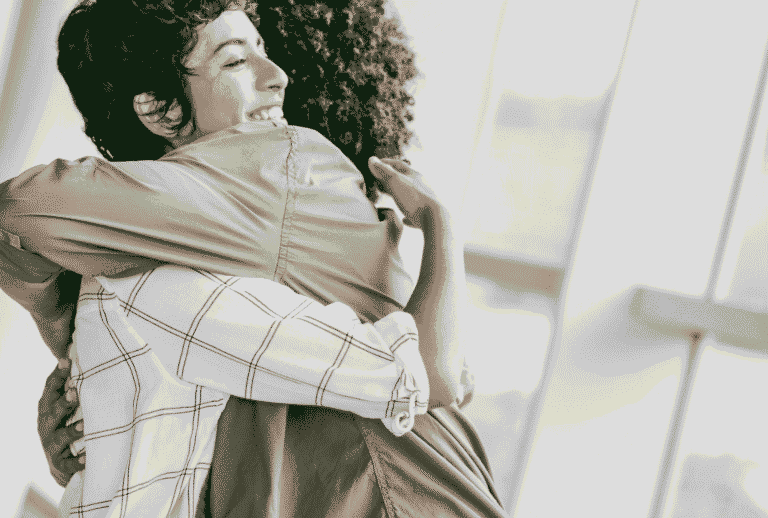Sophie Gruber
Communications Intern
MARR Addiction Treatment Center
Drinking at Bible Study and Getting High at Hobby Lobby
Before Bible study, the other day, my friend and I were sitting in the car waiting for our other friend to arrive so that we could all walk in together. While we were waiting, my friend mentioned that she was craving wine, which is nothing too out of the ordinary. My concern peaked, however, when she commented on how easy it would be to sneak wine into the event in a water bottle. I thought, “Why would you want to be getting drunk during Bible study?”
Around the same time, I went to Hobby Lobby with a friend of mine, and we spent about two hours looking for very specific things she wanted for her room. Later on, she apologized for how long we spent in the store and informed me that she had smoked weed beforehand. This was surprising to me because she was acting how she normally acts while we were in the store. I then realized that she was acting “normal” in the store because she is high most of the time. I started to not even notice when she would smoke because I was so used to seeing her doing it.
In fact, frequent drinking and marijuana use is so common in college, that turning these things down in social settings can be stigmatizing. For example, I went through a period of time during my sophomore year of college when I stopped consuming alcohol for a few months to help my mental health. I noticed that almost every time I drank, my mental health would worsen, so I stopped. It quickly became clear to me that college students don’t know what to make of someone their age who doesn’t drink. My peers would urge me to go out with them and would call me “lame” or a “buzzkill” when I declined. People questioned me every time I said that I wasn’t drinking. It was a foreign concept. Drinking is so normalized in college that anyone who doesn’t participate is seen as the anomaly.
When Does Partying Become Problematic?
For all of college, alcohol has been a part of my routine. I never saw this as a problem, because everyone drinks in college. I have always viewed college as a time to drink, party, and make mistakes. However, the more I pay attention, the more I start to notice the tendencies of myself and those I surround myself with. Finishing a whole bottle of wine every time I have a get-together with my friends isn’t healthy. Getting so drunk that I throw up every time I go to the bars isn’t normal. Going to class the morning after a party still drunk isn’t normal. Unfortunately, for the majority of college students, it is.
According to the Partnership to End Addiction, half of all full-time college students (3.8 million) binge drink, abuse prescription drugs, and/or abuse illegal drugs. Almost one in four of the nation’s college students (22.9%, some 1.8 million) meet the medical criteria for substance abuse or dependence, which is over two times the proportion (8.5%) of those who meet the criteria in the rest of the population.
When my internship at MARR began, I was excited to learn more about addiction. I have addiction in my family, so I thought I knew what it looked like. However, the further I got into my internship, the more I found myself questioning things that I had previously perceived as normal.
When I was still in the bubble of college life, I never thought twice about going to the liquor store multiple times a week for whatever events we had to go on that week. Sometimes, I would have a wine night for Bachelor Monday, a sorority social on Tuesday, go out for Karaoke Wednesday, and then hit the bars on Thursday. That’s four nights out of my week focused around alcohol, four mornings going to class hungover. But it was fine because that’s just what happens in college, right? Through my time at MARR, I’ve been able to take a step back and question the actions of myself and my friends. I began to ask myself a lot of questions- Is it normal to drink this much in college? Are these just examples of college students being college students? When does normal college drinking or drug use cross over into addiction? I wanted to explore these questions more deeply, so I interviewed one of our counselors here.
Bob Day is a primary counselor here at MARR. His role involves treatment planning for clients, as well as facilitating group and individual therapy. Since he is one of the younger primary counselors, he mostly works with younger clients and has seen first-hand what addiction looks like in my age group.
I was interested in finding out when people are crossing the line from normal college drinking and recreational marijuana use into addiction. “Binge drinking is woven into the fabric of college culture,” Bob stated, “But what I see here with the clients at MARR is that the negative consequences that come along with their drinking and drug use are happening faster.”
A lot of times this difference doesn’t show up until after college is over. Bob mentioned that most people are able to adapt to slowing down their drinking after college, but some people cross that threshold going through that process and aren’t able to cut back. That’s where it becomes an addicting behavior rather than simply college behavior.
This behavior not only applies to alcohol but to drug use as well. Marijuana is widely used among college students, and from my experience, is just as normalized as drinking alcohol. As I mentioned previously, I have friends who smoke casually every day. It’s seen as normal because it’s “just weed” and is believed to not have the same negative effects as other drugs.
When I spoke to Bob, he mentioned that people who had been smoking regularly before coming to MARR will express that they are experiencing withdrawal symptoms, but will be told by others that what they are experiencing isn’t real because of the belief that marijuana doesn’t have those effects. This can be invalidating for the person experiencing the symptoms. In reality, withdrawal symptoms will arise they will just be different than those of other drugs.
It may be helpful for people in or coming out of college to notice whether they are having trouble cutting back or stopping smoking to make sure they are not crossing over into exhibiting addict behavior.
Social Media and Substance Use
Communication on social media contributes significantly to how college students think about substance use. In general, I have noticed a lot of normalization of alcohol and drug use across different platforms.
Discussion and representations of substance use vary across platforms. For example, on Instagram, you won’t really see videos of someone blackout drunk at the bar, but you’re more likely to see things like that on someone’s Snapchat story. Tik Tok is a different story, however. There are almost no boundaries to the types of videos posted on Tik Tok. I’ll be scrolling and see an informational video about politics, and the next video could be a group of friends doing mushrooms. I follow one person who posts things like “drinking every day until Chipotle has good queso.” This content is entertaining, but it has the potential to minimize the risk of alcoholism
This is one of the negative aspects of social media. We use it to get a glimpse into others’ lives, and oftentimes, their lives involve substance use. I’m in no way saying that college students need to get rid of social media; rather, I’m pointing to the reality that their ideas of substance use are likely going to be shaped by what they see on these platforms.
While some users might be promoting drinking or drug use, I’ve seen a lot of people using their platforms to promote recovery. People will create videos or posts saying how many days sober they are, and the comments will be flooded with support and encouragement from others in recovery and the general public. Things like this can encourage people who are on the fence about seeking treatment to take the next step and get help.
What College Students and Parents Can Do
Interning at MARR has opened my eyes to thinking more critically about substance use and when it potentially crosses over into substance abuse. For college students, it’s difficult at times to tell the difference between experimentation and when that crosses into problematic behavior, but as Bob suggested, watching for mounting consequences and the ability to discontinue or decrease use when necessary can be key indicators.
I think it’s also crucial for college students to be aware that social media images and videos are curated representations of college life. They only show part of the story. Hitting the bar Thursday night can easily leave out failing a Friday midterm.
Some partying in college might just be that. Or it might be the beginning of more damaging and problematic tendencies caused by the disease of addiction. Regardless, being aware of the patterns of addiction will allow college students and their family members to be more aware of what they are looking at. I have personally found that MARR’s resources are a good place to start to get an education on what to look for.



